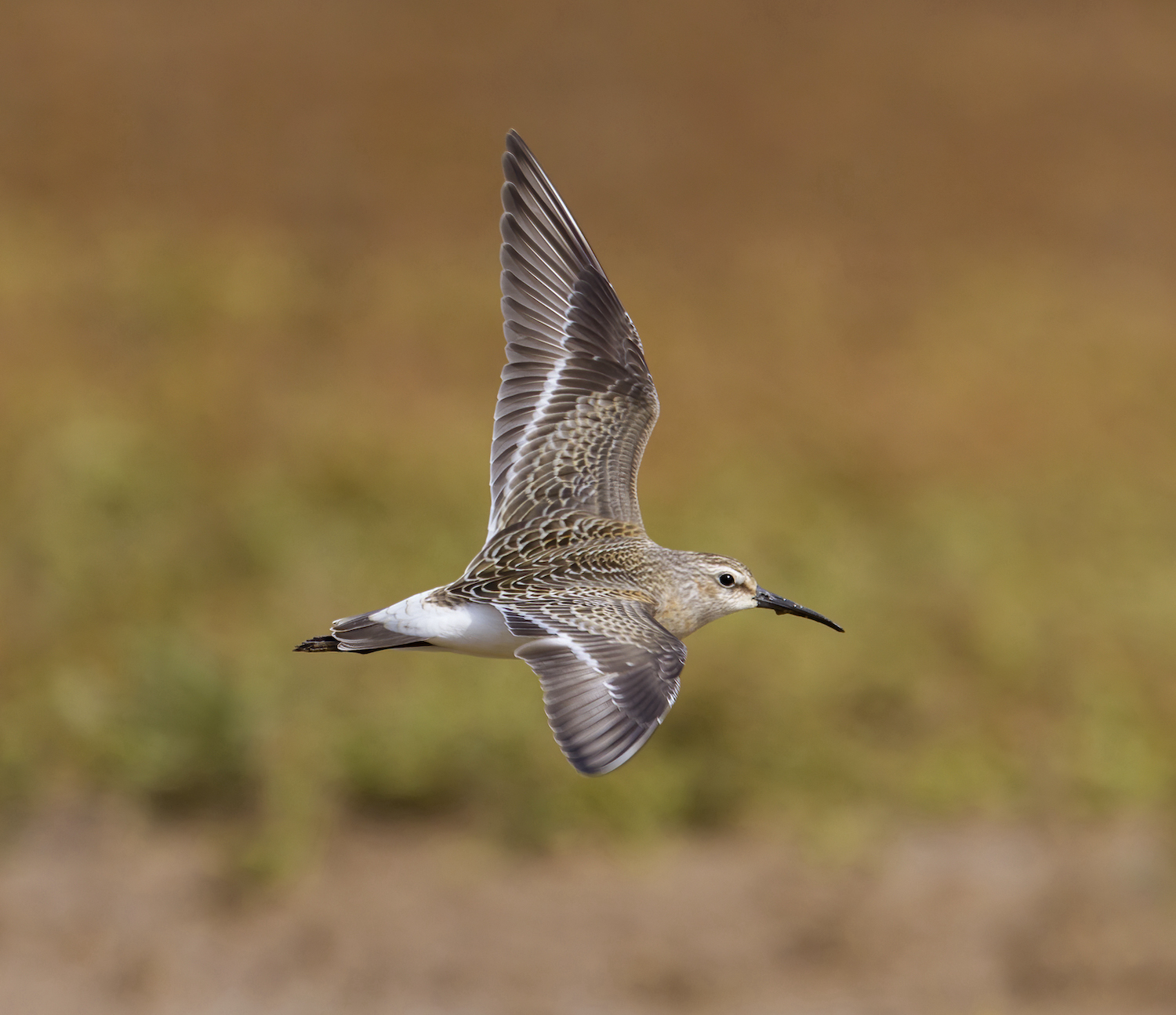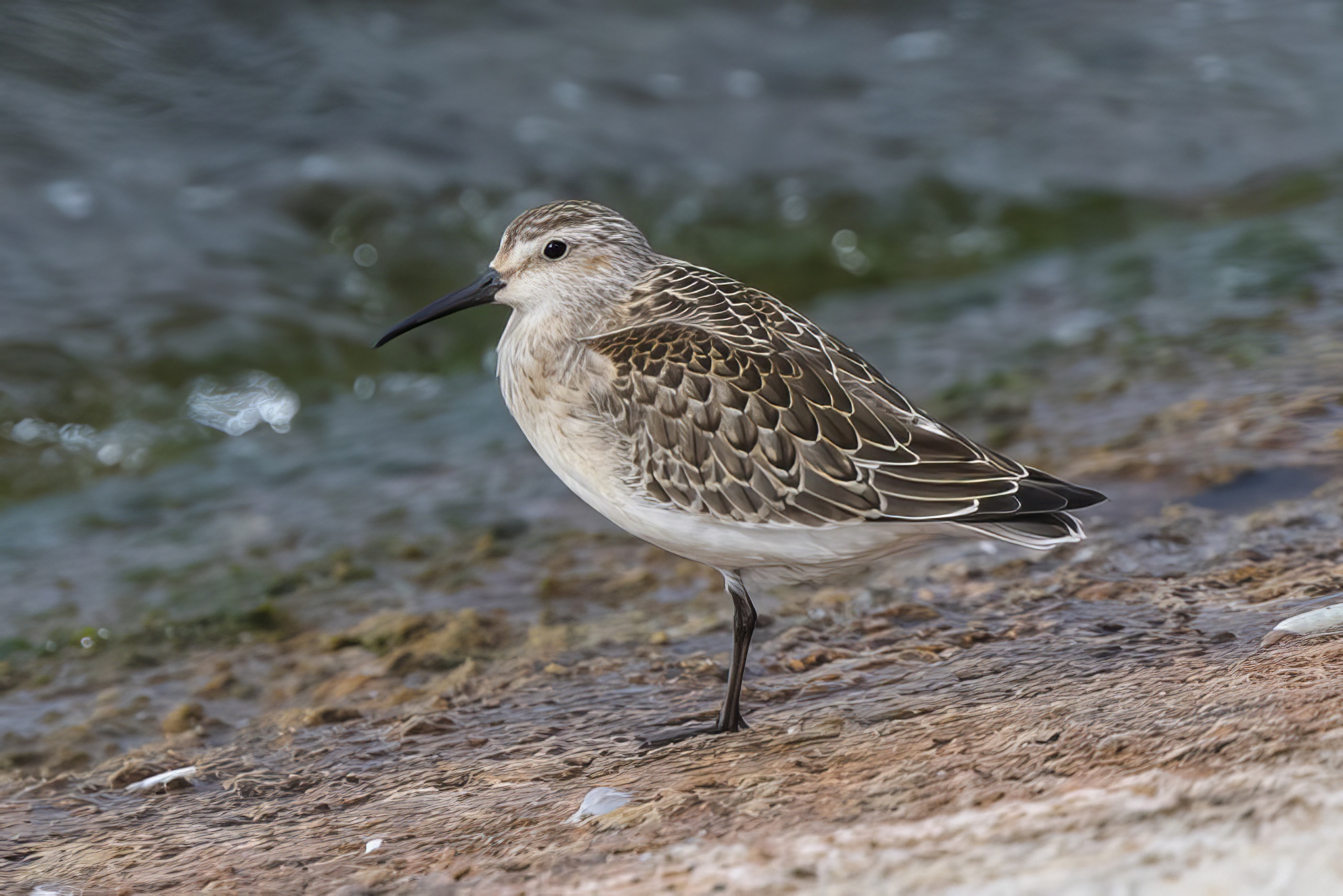Curlew Sandpiper Calidris ferruginea
Passage migrant, scarce in spring and scarce/ fairly common in autumn. Rare in winter.


Analysis of LBR reports for the five years to 2018 shows spring migration is light with total peak monthly counts across the county in April-May ranging from 5 to 10. Autumn totals from July-September tend to vary much more and ranged from 27 in 2017 to 322 in 2016. Frampton Marsh holds all the records for this species in recent years with a peak count of 258 in August 2016. Other sites with good counts include Gibraltar Point with 32 in July 2018 and 32 at Freiston Shore in Aug 2016. The Atlas reports the exceptional passage of August 1969 when Wisbech Sewage Farm had 400 birds and Donna Nook 265. Birds in November are usually very scarce, but Frampton Marsh had 30 lingering in 2016. There were only 2 other reports in November and there were no winter records between December-March.
(Account as per new Birds of Lincolnshire (2021), included September 2022)
